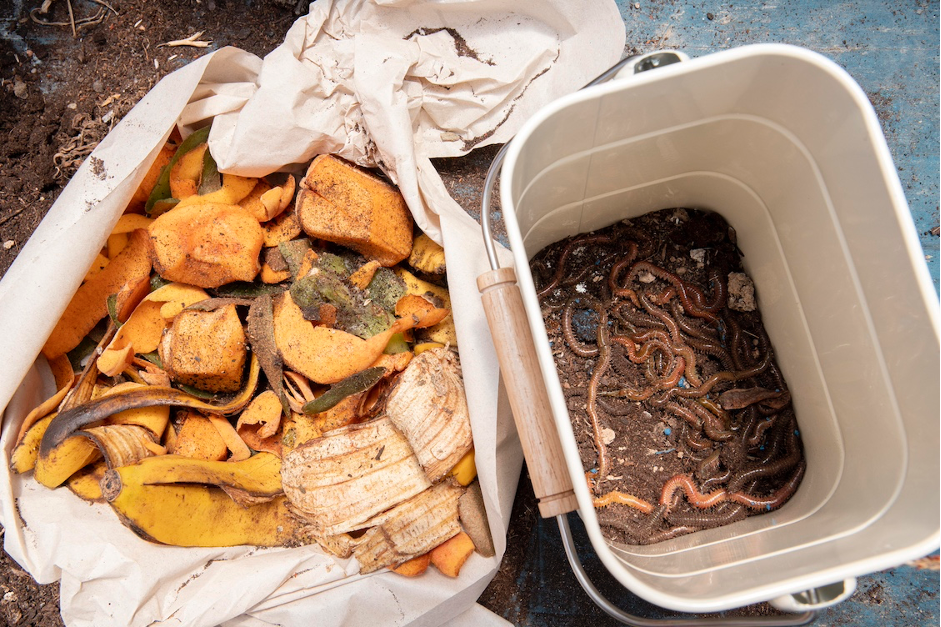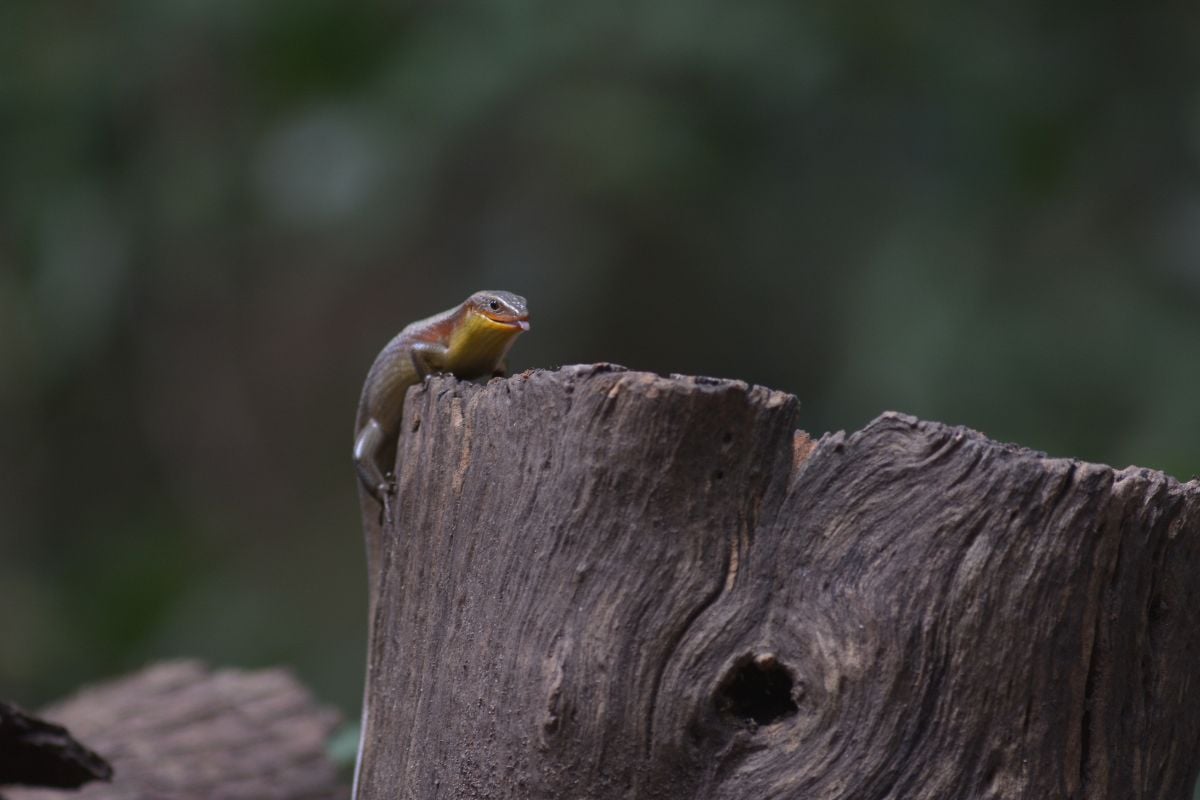There are four basic types of worm composters: the bins, flow throughs, stackables, and beds. Each of these worm bin types can be the best one for your vermicomposting project. To know which of these composters will suit your preferences will, read furthermore of this article.
Bins for worm use
A bin can be in the form of any container that is most often than not, box-like in shape (can be used as indoor or outdoor worm bins). Mostly these are also shaped using materials that are in the form of plastic and wood (can be of lumber or plywood material). Old items in the house such as a recycled trash bin, a busted refrigerator, a broken toilet, or an old wooden drawer can be turned into a make-shift worm composter.
A Flow through for worm use
A flow through is much like a bin (a box-type bin that can either be used as outdoor or indoor worm bins), as the food scraps flow-through the bin downwards. But in this set-up, the worm castings are harvested from the bottom of the container (unlike bin’s where castings are typically harvested on top of the bedding). It works by feeding the worm from the topmost part of the composter. And as the worms progress to producing these organic scraps into rich compost, their castings also gradually fall down to the base of the composter (there is a hole and a grid attached on the bottom part of the bin that helps separate the finished compost from the rest of the bins contents).
Stackables for worm use
Your stackables are your typical Can O’ Worms and Worm Factory 360. This would be the worm condo type wherein a bunch of bins can be stacked from one tray to another (stackables usually come with covers or lids to help prevent unwanted pest visits and bin spoilage). This worm bin system works by attracting the worms to eat and move upwards. The first tray is usually the bottom bin. The worms will start to eat from here, and will be able to leave their castings in this tray before proceeding to the next one (where new food scraps and bedding materials are provided for the worms). Stackables have been conveniently created to help segregate the castings from the worms without any further delay or disturbance.
Bed for worm use
If you’ve seen those worm bin types that have been constructed outdoors using nothing but cinder blocks, brick or even some lumber, then you’ve probably seen the bed type. Worm composting beds are typically created outdoors; and are usually built with man-made walls around it (which is also about 18 inches in depth when constructed). It can be situated just above the bare ground (protected from varmints by using wires that are typically seen just underneath the compost materials) or can also be built by digging a hole on the ground (should also be 18 inches deep).
Uncle Jim’s recommends the Outdoor Composter Selections
Looking for ways to help mother nature cope from all kinds of pollution? You can just by composting at home! With our Outdoor Composter Selections, you can instantly have these fed with kitchen scraps and garden waste all at the same time! Our composters will make sure that these are broken down into a valuable source of compost. Experience these ‘magic makers’ by purchasing one today!
To know more about the product, check the Outdoor Composter Selections here.









One thought on “Choosing the Worm Bin for Composting Worms”
I’m wondering how large of a system is needed to manage scraps from a family of 8?
Thank you,
Erin